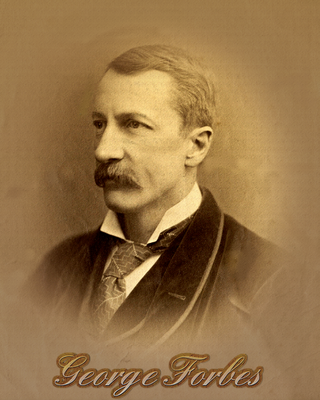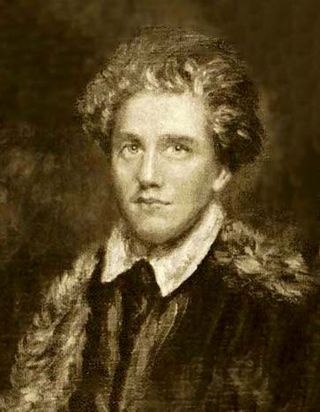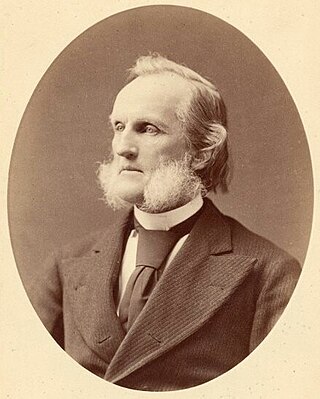
A transit of Venus across the Sun takes place when the planet Venus passes directly between the Sun and a superior planet, becoming visible against the solar disk. During a transit, Venus can be seen from Earth as a small black dot moving across the face of the Sun. The duration of such transits is usually several hours. A transit is similar to a solar eclipse by the Moon. While the diameter of Venus is more than three times that of the Moon, Venus appears smaller, and travels more slowly across the face of the Sun, because it is much farther away from Earth.

The 2012 transit of Venus, when the planet Venus appeared as a small, dark spot passing across the face of the Sun, began at 22:09 UTC on 5 June 2012, and finished at 04:49 UTC on 6 June. Depending on the position of the observer, the exact times varied by up to ±7 minutes. Transits of Venus are among the rarest of predictable celestial phenomena and occur in pairs. Consecutive transits per pair are spaced 8 years apart, and consecutive pairs occur more than a century apart: The previous transit of Venus took place on 8 June 2004 ; the next pair of transits will occur on 10–11 December 2117 and December 2125 within the 22nd century.
Charles Edward Burton was a British-born Irish astronomer.
Charles Green was a British astronomer, noted for his assignment by the Royal Society in 1768 to the expedition sent to the Pacific Ocean in order to observe the transit of Venus aboard James Cook's Endeavour.

Dom Alexandre Guy Pingré was a French canon regular, astronomer and naval geographer.

Louis Choris (1795–1828) was a German-Russian painter and explorer.

George Forbes (1849–1936) was a Scottish electrical engineer, astronomer, explorer, author and inventor, some of whose inventions are still in use.

Henry Chamberlain Russell was an Australian astronomer and meteorologist.

Robert Dampier (1799–1874) was a British artist and clergyman.

Chester Smith Lyman was an American teacher, clergyman and astronomer.
William Wales was a British mathematician and astronomer who sailed on Captain Cook's second voyage of discovery, then became Master of the Royal Mathematical School at Christ's Hospital and a Fellow of the Royal Society.

William Lowthian Green was an English adventurer and merchant who later became cabinet minister in the Kingdom of Hawaii. As an amateur geologist, he published a theory of the formation of the Earth called the tetrahedral hypothesis.

On 3 June 1769, navigator Captain James Cook, naturalist Joseph Banks, astronomer Charles Green and naturalist Daniel Solander recorded the transit of Venus from the island of Tahiti during Cook's first voyage around the world. During a transit, Venus appears as a small black disc travelling across the Sun. Transits of Venus occur in a pattern that repeats itself every 243 years, with two transits that are eight years apart, separated by breaks of 121.5 and 105.5 years. These men, along with a crew of scientists, were commissioned by the Royal Society of London for the primary purpose of viewing the transit of Venus. Not only would their findings help expand scientific knowledge, it would help with navigation by accurately calculating the observer's longitude. At this time, longitude was difficult to determine and not always precise. A "secret" mission that followed the transit included the exploration of the South Pacific to find the legendary Terra Australis Incognita or "unknown land of the South."

The Honolulu Courthouse riot, or the Election riot, occurred in February 1874 when Hawaiian followers of Queen Emma, known as Emmaites, attacked supporters of King Kalakaua on the latter's election day and started a riot. Marines and sailors from three American and British warships were landed and they successfully quelled the rioters and Kalakaua took the oath of office the following day without further opposition.
Robert Grant, FRS was a Scottish astronomer.

The 1874 Transit of Venus Expedition to Campbell Island was an astronomical expedition by French scientists to observe the 9 December 1874 transit of Venus on subantarctic Campbell Island in the Southern Ocean some 600 km south of New Zealand. It was one of several such scientific expeditions from various countries sent around the world to observe the rare astronomical event.

The 1874 transit of Venus, which took place on 9 December 1874, was the first of the pair of transits of Venus that took place in the 19th century, with the second transit occurring eight years later in 1882. The previous pair of transits had taken place in 1761 and 1769, and the next pair would not take place until 2004 and 2012. As with previous transits, the 1874 transit would provide an opportunity for improved measurements and observations. Numerous expeditions were planned and sent out to observe the transit from locations around the globe, with several countries setting up official committees to organise the planning.
Zepherin "Kepelino" Kahōʻāliʻi Keauokalani was a Native Hawaiian cultural historian who wrote Kepelino's Traditions of Hawaii. Born into a family descended from both the Hawaiian priestly class and nobility, Kepelino converted to Roman Catholicism with his family at an early age. He was educated by Catholic missionaries and briefly joined the mission to Tahiti before returning to finish his education in Honolulu. He became an editor of a Hawaiian language newspaper for Hawaiian Catholics and contributed many written works to the history and culture of Hawaii. Serving as a private secretary to Queen Emma of Hawaii, he espoused her candidacy for the throne in the 1874 monarchical election against Kalākaua. After the queen's loss in the election and Kalākaua's accession to the throne, Kepelino became involved in an attempt to overthrow the new king in favor of Queen Emma, which led to his trial and imprisonment for treason.

George Lyon Tupman FRAS was the Chief Astronomer for the British astronomical expedition to Hawaii to observe the 1874 transit of Venus.

Edwin Oscar Hall (1810–1883) was a businessman who was appointed Minister of Finance by Kamehameha III, serving in that capacity for one year. He was subsequently appointed Minister of the Interior of the Kingdom of Hawaii on January 10, 1873, by King Lunalilo. After Lunalilo's death, he remained in the position until Kalākaua replaced him on February 17, 1874, with Hermann A. Widemann.















